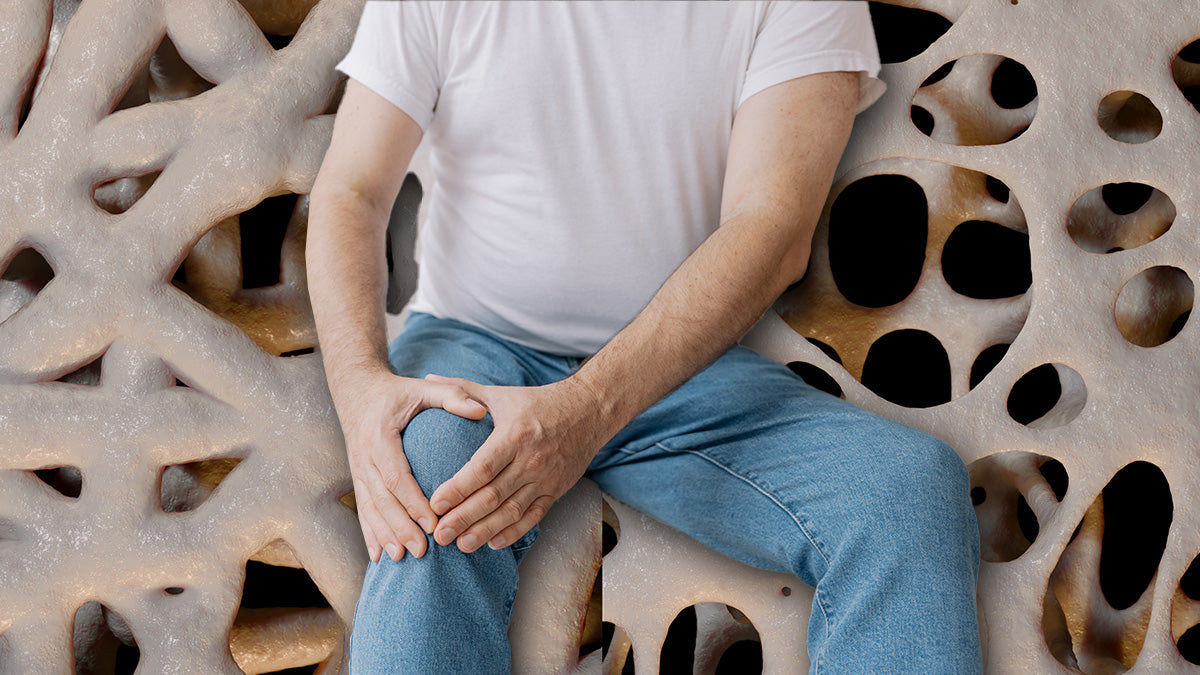Bone health often goes unnoticed until problems arise. But bone loss, or low bone density, can quietly progress for years before symptoms become obvious. Understanding the early warning signs of bone loss and knowing when to get tested can help prevent serious issues like osteoporosis and fractures later in life.
Why Bone Mass Matters
Bone mass is the measure of minerals, primarily calcium and phosphorus, stored in your bones. Peak bone mass typically occurs in your late 20s to early 30s, after which it gradually declines. This process speeds up with age, hormonal changes, nutritional deficiencies, and lifestyle factors. Once bone density decreases beyond a certain point, bones become fragile and prone to breaking even with minor falls or stress.
Early Signs You Might Be Losing Bone Mass
-
Loss of Height
Gradual shrinking in height can be caused by compression fractures in the spine, a common consequence of weakened bones. -
Stooped Posture
A hunched back or forward-leaning posture (kyphosis) may indicate vertebral fractures from bone thinning. -
Bone Fractures from Minor Falls
Breaking a wrist, hip, or vertebra after a simple slip or bump could be a sign of osteoporosis. Healthy bones typically withstand such impact. -
Receding Gums
The jawbone supports your teeth. Bone loss in the jaw can cause gums to recede and teeth to loosen. -
Weakened Grip Strength
Studies suggest that poor grip strength may correlate with low bone density and increased fracture risk. -
Family History of Osteoporosis
Genetics play a role in bone health. If parents or siblings had osteoporosis or frequent fractures, you may be at higher risk.
When to Get Tested
The most reliable way to check bone density is with a DEXA scan (dual-energy X-ray absorptiometry). The U.S. Preventive Services Task Force recommends bone density screening for:
-
Women age 65 and older
-
Men age 70 and older
-
Postmenopausal women under 65 with risk factors (low weight, family history, smoking, certain medications)
-
Men ages 50–69 with risk factors
If you’re noticing early warning signs or have risk factors such as poor diet, low vitamin D, smoking, or inactivity, it’s worth discussing testing with your healthcare provider sooner rather than later.
Supporting Bone Health with Nutrition
Even before a formal diagnosis, maintaining strong bones through diet and supplements can make a big difference. Adequate calcium, vitamin D, vitamin K, magnesium, and trace minerals all play critical roles in preserving bone density.
PrimeGENIX® Bone Complex: Advanced Bone Support
When it comes to supplementation, not all calcium sources are created equal. Many conventional calcium supplements have poor absorption rates and can contribute to calcification in the arteries rather than strengthening bones.
PrimeGENIX® Bone Complex uses microcrystalline calcium hydroxyapatite (MCHA) — a form of calcium that is structurally similar to natural bone. MCHA is paired with a full spectrum of supportive nutrients including vitamin D3, vitamin K2, magnesium, zinc, and other minerals scientifically shown to strengthen bones and improve calcium utilization.
By delivering nutrients in forms your body can readily use, PrimeGENIX® Bone Complex goes beyond ordinary calcium supplements to support bone density, help protect against fractures, and promote long-term skeletal strength.
For men and women over 40 looking to maintain their independence and vitality, this advanced formula offers a smart approach to bone health.
References
-
NIH Osteoporosis and Related Bone Diseases National Resource Center. "Bone Mass Measurement: What the Numbers Mean." https://www.bones.nih.gov
-
Office of Disease Prevention and Health Promotion. "Osteoporosis Prevention: Screening and Diagnosis." https://health.gov
-
Kanis JA, et al. (2020). "Osteoporosis." Nature Reviews Disease Primers.
-
Weaver CM, et al. (2016). "Calcium plus vitamin D supplementation and risk of fractures." New England Journal of Medicine.




